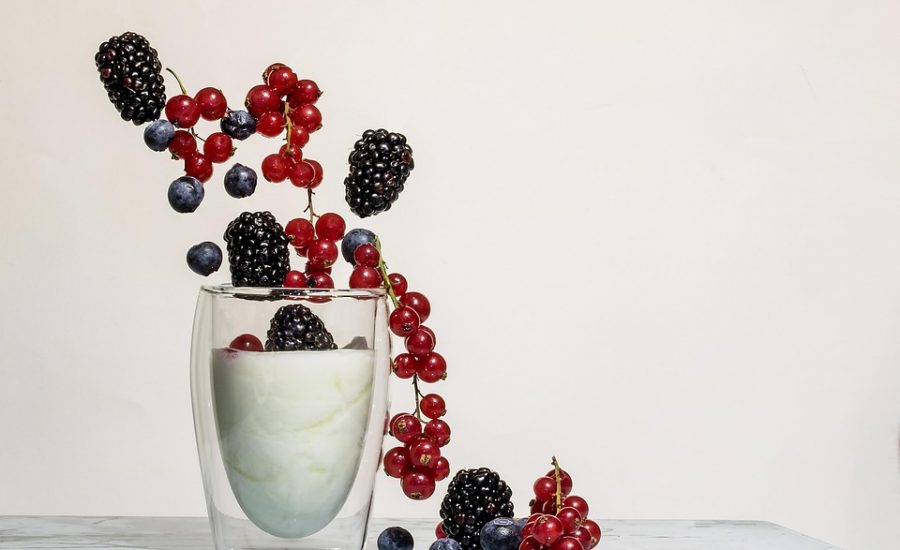When it comes to maintaining steady energy levels throughout the day, one of nature’s most delicious offerings is low glycemic index (GI) fruits. These sweet treats not only satisfy your cravings but also promote overall health by stabilizing blood sugar levels. This blog will explore the benefits of low GI fruits, how they impact your energy levels, and a selection of amazing options to include in your diet.
What is the Glycemic Index?
The glycemic index (GI) is a scale that ranks carbohydrates in foods according to how they affect blood sugar levels. Foods with a low GI (using a scale of 0 to 100) cause a slower, more gradual rise in blood sugar, making them ideal for sustained energy.
- Low GI (55 or less): Foods that release sugar slowly into the bloodstream.
- Medium GI (56-69): Foods that cause a moderate increase in blood sugar.
- High GI (70 and above): Foods that spike blood sugar quickly.
Why Choose Low GI Fruits?
Choosing low GI fruits can provide a range of health benefits:
1. Steady Energy Levels
Low GI fruits release sugars more slowly, which helps maintain stable energy levels. This prevents the energy crashes often associated with high GI sugary snacks.
2. Weight Management
Fruits with a low GI index are often more filling, helping curb overeating and aiding in weight management.
3. Promotes Heart Health
Many low GI fruits are rich in antioxidants, vitamins, and minerals that benefit heart health by reducing cholesterol levels and improving circulation.
4. Better for Blood Sugar Control
Low GI fruits are particularly beneficial for those managing diabetes or insulin resistance, as they facilitate better blood sugar control.
Top Low GI Fruits to Energize You
Here’s a list of some delicious low GI fruits to incorporate into your diet to maintain steady energy levels:
1. Berries
- Blueberries: Packed with antioxidants and fiber, these small fruits score a low GI of around 53.
- Strawberries: With a GI of 41, strawberries can easily brighten up your morning smoothie or yogurt.
2. Cherries
Cherries boast a low GI of 20, making them a great snack for a sweet treat without the sugar spike. Plus, they’re excellent for recovery after workouts due to their anti-inflammatory properties.
3. Apples
With a GI of 38, apples are rich in fiber, especially in their skin, making them perfect for on-the-go snacking.
4. Pears
Pears have a GI of 38 as well and are deliciously hydrating. They also provide a good dose of vitamins C and K.
5. Peaches
Sweet, juicy peaches come with a low GI of 42 and can be enjoyed fresh, grilled, or even in desserts.
6. Plums
With a GI of about 40, plums are not only low in sugar but also high in nutrients, making them an ideal choice for mid-day snacking.
Creative Ideas for Including Low GI Fruits in Your Diet
Now that you know which fruits to choose, here are some fun and easy ways to include them in your daily meals:
Smoothies
Blend your favorite low GI berries with some spinach, unsweetened almond milk, and a scoop of protein powder for a refreshing breakfast or snack.
Yogurt Parfaits
Layer low GI fruits, such as strawberries and blueberries, with Greek yogurt and a sprinkle of nuts or seeds for a satisfying brunch option.
Salads
Toss some sliced pears or apples into a mixed green salad for a delightful crunch and a sweet touch.
Snacks
Slice up a peach or enjoy a handful of cherries for a quick and nutritious snack throughout the day.
Desserts
Use low GI fruits in your desserts, like a berry compote that has no added sugars or a tart made with almond flour and fresh plums.
FAQs About Low GI Fruits
Can Low GI Fruits Help with Weight Loss?
Yes! Low GI fruits are lower in calories and sugars, making them excellent options for anyone looking to shed pounds without sacrificing flavor.
Are All Fruits High in Sugar?
Not at all. While many fruits contain natural sugars, low GI fruits release these sugars slowly, preventing blood sugar spikes and crashes.
How Can I Check the GI of Other Foods?
You can find glycemic index charts online or use smartphone apps that track GI levels for a variety of foods, aiding you in your meal planning.
Conclusion
Incorporating low GI fruits into your diet is an enjoyable way to stabilize your energy levels and support overall health. With their natural sweetness and versatile usage in meals and snacks, these fruits provide a delicious way to nourish your body without the sugar spikes associated with high GI foods. Start your journey toward steady energy levels today by making these fantastic low GI fruits a staple in your diet. Nature truly has provided us with sweet treats that not only please the palate but benefit our health in remarkable ways!
Keywords:
- Low GI fruits
- Glycemic index
- Healthy snacks
- Steady energy levels
- Blood sugar control
By loving these fruits, you stand a greater chance of achieving balanced energy throughout your day, while also taking significant steps toward leading a healthier lifestyle. Enjoy the sweetness of nature without the guilt!









 Weight Loss, Unlocked.
Weight Loss, Unlocked.